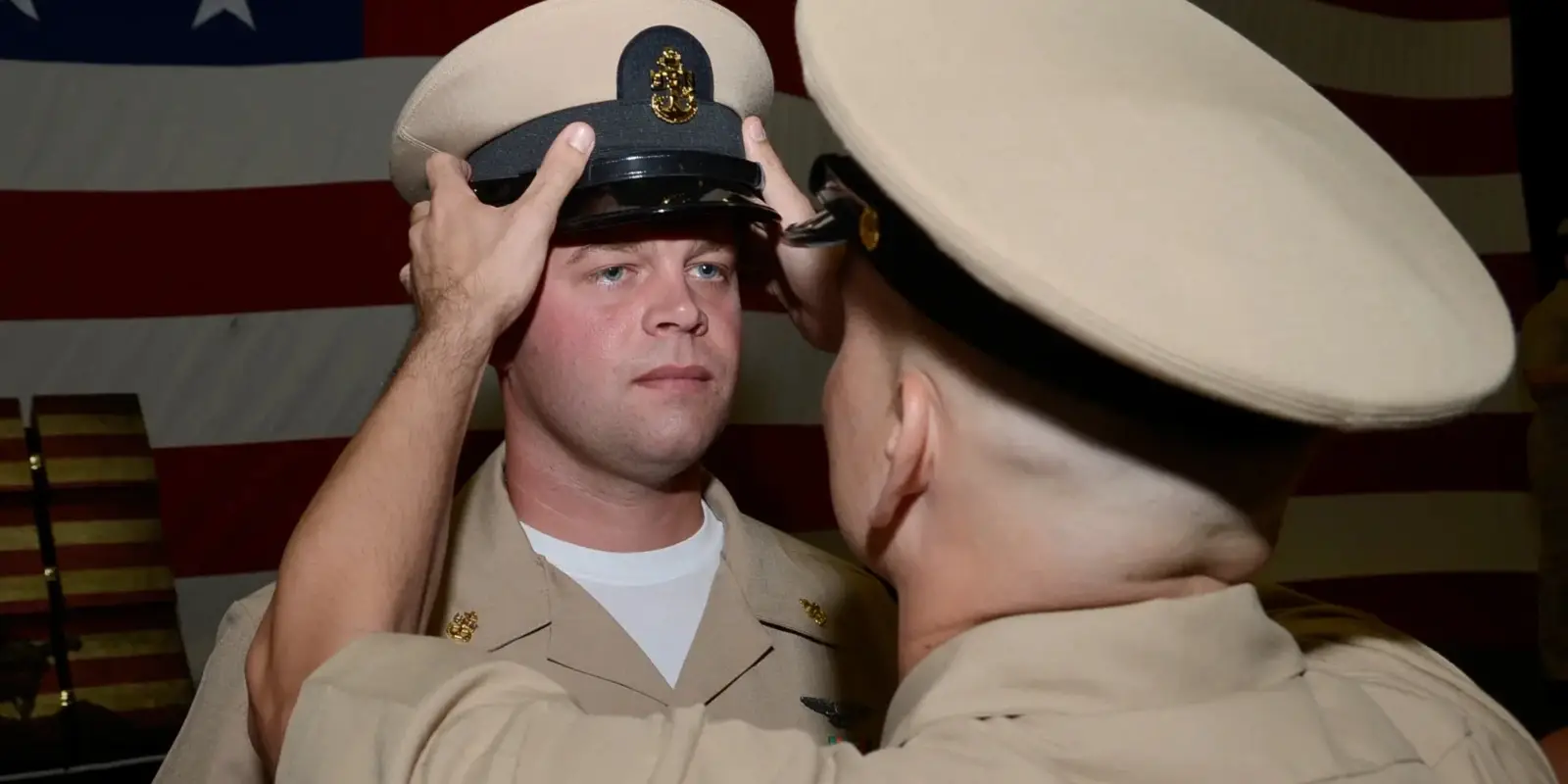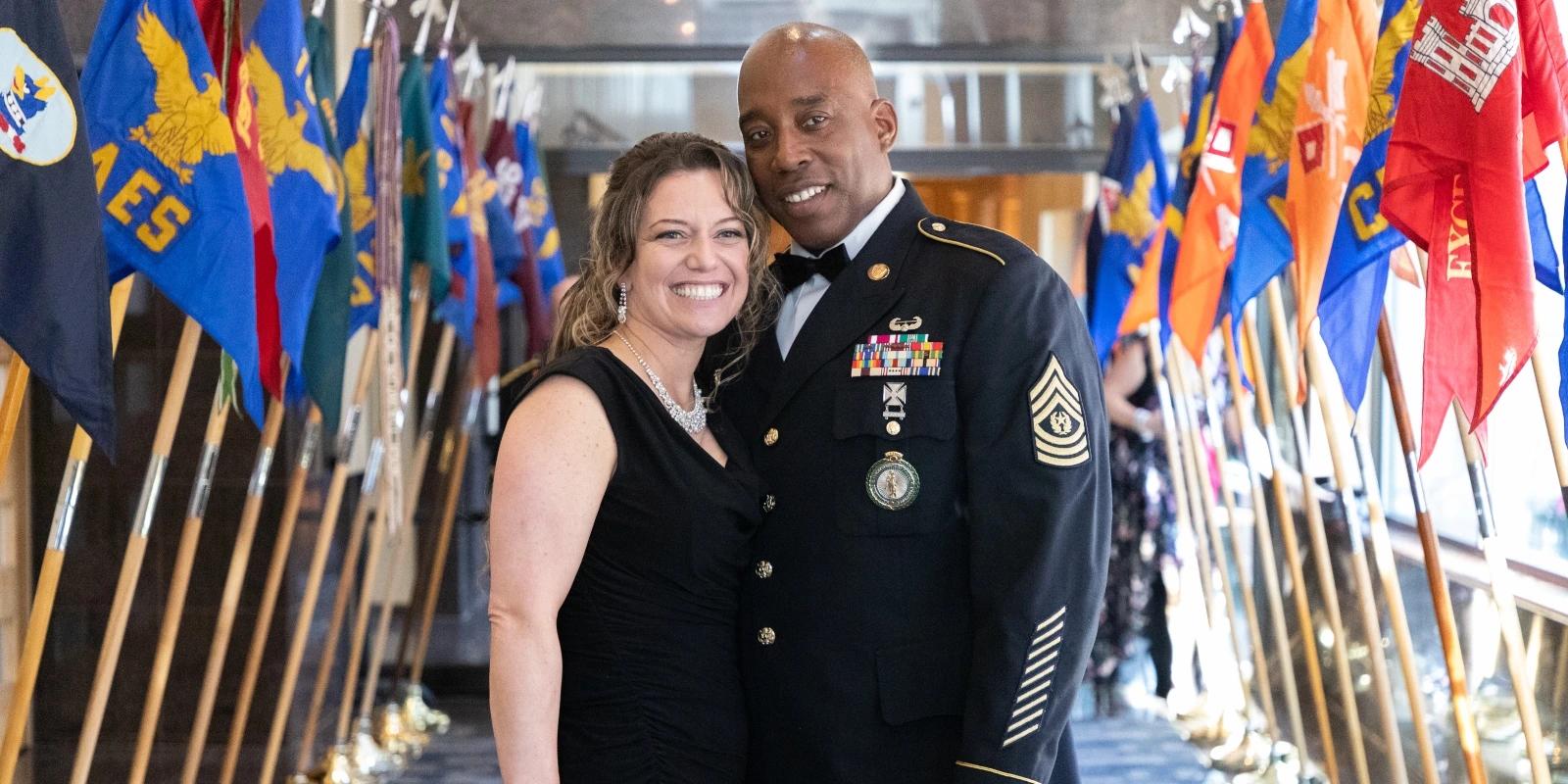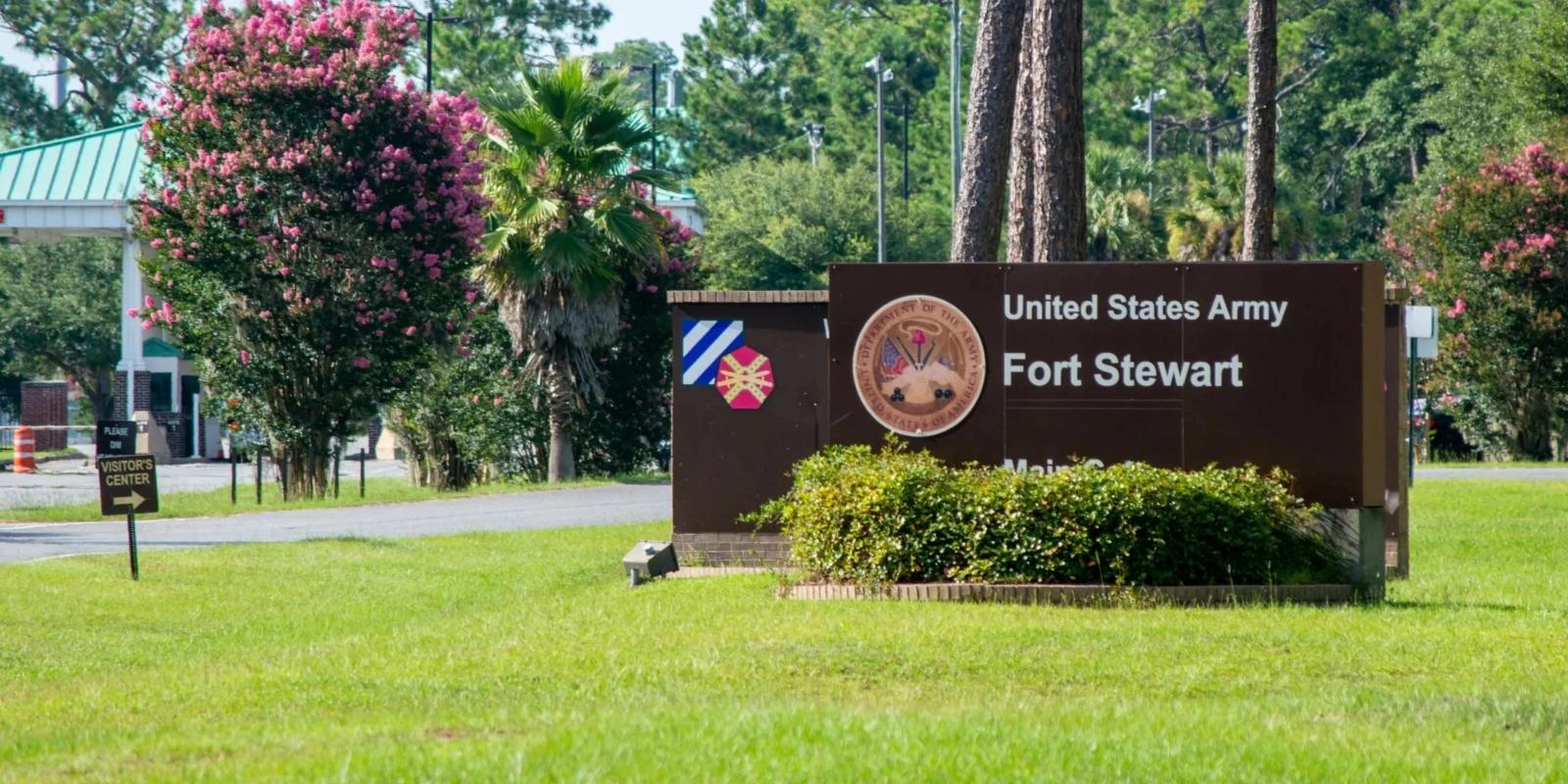It’s that time of year when gold anchors glint a little brighter, khakis take on a sharper crease, and conversations in the Mess get quieter when certain names come up. “Chief Season” has arrived—the moment Navy and Coast Guard Petty Officer First Class sailors hold their breath, waiting to see if they’ve made the cut to join the most exclusive fraternity in the enlisted ranks: Chief Petty Officer (E-7).
The stakes couldn’t be higher. Less than 10 percent of all who enter the enlisted ranks will be selected. The level of responsibility they assume is a reflection of their leadership potential as well as technical prowess. Chiefs not only are considered the subject-matter experts in their rates, but also assume many collateral duties, such as training junior Sailors and even junior officers. A select few will earn the title of Chief Petty Officer, the gateway into an elite cadre defined by leadership, tradition, and gravity. Whether you serve in the Navy or Coast Guard, this rite of passage is sacred.
The Allure of Chief Season
There’s a gravitational pull to Chief Season. For Navy sailors, it’s proving your legitimacy through peer scrutiny, surviving CPO 365, and entering the sanctum of the Mess. For Coast Guardsmen, it’s stepping into expanded leadership roles immediately after promotion, with tangible impacts in small-unit command and community training.
And the season itself? Nail-biting.
Bodies of paperwork, performance packages, SWE scores, recommendation letters, board memos—it all converges into a moment of reckoning. It’s not just a promotion; it’s validation that you’ve earned a seat at the table.
The honor is the same in both services—but the road, traditions, and even the pinning ceremonies look very different.
The Brotherhood Chooses Their Own
In the Navy, the road to E-7 is famously rigorous—built on performance metrics, peer scrutiny, and a trial by tradition.
- Eligibility & Selection: Petty Officer First Class (E-6) must meet rigorous time-in-rate (minimum 36 months), outstanding evaluation scores, completion of required training, specialty exams, awards, and collateral duties.
- Selection Board: Candidates are not simply promoted by numeric score. They’re reviewed by a board of sitting Chiefs—essentially, the Navy’s seasoned leaders choose who has “what it takes.”
- Induction – “CPO 365”: Once selected, sailors enter “CPO 365,” an intense six-week indoctrination. Physically and emotionally demanding, this crucible culminates in “Chiefs’ Night,” when selectees are publicly pinned and welcomed into the fold.
- Privileges & Culture: Chiefs command respect—and the artifacts of authority. Separate uniforms, exclusive dining and berthing areas, and access to the revered Chief’s Mess: a sanctuary that includes everyone but enlisted junior ranks (and sometimes even officers) unless invited.
In the Navy, the CPO transition is a gauntlet of merit, tradition, and peer validation—earning the title is a lifetime honor.
Merit, Mentorship, and the Class of Tradition
In the Coast Guard, the E-7 promotion process balances objective competition with community-building and tradition.
- Eligibility & Competition: Advancement from Petty Officer 1st Class (E-6) is performance-based: time-in-grade, evaluations, service-wide exam (SWE), specialty tests, and recommendations count toward an overall ranked list.
- “CPO 365” Induction: Yes, the Coast Guard also has a “CPO 365” program—a year-long induction into the Chief’s community that begins after selection.
- Leadership Role Spectrum: With fewer officers, Coast Guard chiefs often fill roles that slip into officer territory—acting as Officers-in-Charge of stations, engineering petty officers on cutters, department leads, or even commanding recruiting offices.
- Special Duty & Education: Chiefs can become staff at the Chief Petty Officer Academy in Petaluma, training future Chiefs while earning college credits in leadership and organizational development.
- Advancement to Senior Chief (E-8): A new system—Reserve Senior Chief Advancement Panel (R-SCAP)—will begin in November 2025 for Reserve chiefs moving to Senior Chief, signaling the Coast Guard’s push toward refined selection standards.
The Coast Guard’s system is rooted in measurable merit and cultivates chiefs who can step into command—even beyond traditional enlisted realms.
The Tribe Has Spoken
In the Navy, making Chief isn’t just about scoring high on an exam. Eligible First Classes—who’ve put in at least 36 months time-in-rate—are judged on performance evaluations, qualifications, leadership roles, and awards.
But the final say comes from a selection board made up entirely of sitting Chiefs. Chiefs choose their own, and their scrutiny is legendary.
Once selected, new “Chief-selects” begin the intense, six-week indoctrination known as CPO 365. It’s physically and mentally demanding, steeped in history, leadership challenges, and teamwork trials. Selectees wear identifiers marking their “almost Chief” status and endure relentless ribbing from those who came before them.
The process ends with the infamous final night—a capstone of demanding scenarios—before “Chiefs’ Night” welcomes them into the Mess.
Driven by Performance, Forged in Leadership
The Coast Guard’s path to Chief starts with performance, too—evaluations, time-in-service, and the Service-Wide Exam (SWE). Instead of a peer-only board, advancement lists are built on a points system that ranks eligible candidates. Recommendations and records still matter, but it’s the numbers that determine who moves up.
When the list drops, Coast Guard selectees are often pinned first, then undergo their own version of CPO 365 over the year—culminating in the Chief Call to Initiation (CCTI).
This reversal of order reflects the service’s smaller size and urgent leadership needs: Chiefs may immediately step into Officer-in-Charge roles or other high-impact billets, especially on small cutters and stations.
What Happens Before the Anchor Gets Pinned
You may think you know — but you probably don’t. Ask any Chief and they’ll tell you—there are parts of the journey you won’t find in an instruction manual. There are also parts no one is going to tell you about. File that away under, “tribal knowledge.”
In the Navy:
- Selectees may be assigned extra “heritage projects” that demand late nights and team effort.
- Khaki uniforms are worn with “Selectee” insignia, marking the in-between rank that invites playful—but purposeful—teasing.
- The last night before pinning is a pressure cooker: physical tests, problem-solving challenges, and teamwork under stress.
Think of it as rush week for college fraternities and sororities on a much bigger scale!
In the Coast Guard:
- The vibe is quieter and more mission-driven—pinning can happen underway, with khakis and anchors presented by the Chiefs already on board.
- The cultural indoctrination happens after the pin, during CCTI, rather than before.
- Chiefs often blend right into operational leadership the next day.
From Selectee to Chief
Navy pinning ceremonies are high pageantry: piped aboard, bells struck, the Chief’s Creed recited, family or mentors pinning on anchors, and combination covers placed on heads for the first time.
“Anchors Aweigh” plays as they take their place among the Chiefs’ Mess. It’s emotional, proud, and unforgettable.
Coast Guard ceremonies tend to be more understated. They may be held during morning quarters or in a small shipboard space—just Chiefs, shipmates, and the moment itself. The pride is no less real, but the focus shifts quickly to the mission at hand.
Trading Blues for Khakis
Chief Season is sacred. It’s where raw potential becomes formal responsibility, where indecision gives way to authority, and where enlisted ranks transform into guardians of legacy.
Whether in the Navy or Coast Guard, earning that gold anchor (E-7) isn’t just about climbing the ranks—it’s about answering a higher call of leadership, mentorship, and service.
So when that selection list drops, and the silence breaks into cheers—or quiet resolve—you know you’ve just stepped across one of the most meaningful thresholds in a military career.
And that, more than anything, is what makes Chief Season truly unmissable.
Good as Gold
No matter the service, making Chief is more than a promotion—it’s an identity shift. Chiefs are the keepers of tradition, the voice between enlisted and officers, and the leaders who shape the next generation.
In the Navy, the process is forged in peer validation and steeped in tradition before the pin. In the Coast Guard, it’s pinned in trust and proven in action after the fact. Different approaches, same outcome: a sailor who has earned the weight—and the honor—of the gold fouled anchor.
Chief Season isn’t just a career milestone. It’s the moment you step into a role that will define the rest of your service. And for those who’ve walked the path, the memory of that day—the ribbing, the trials, the pinning—never fades.
Suggested reads:




